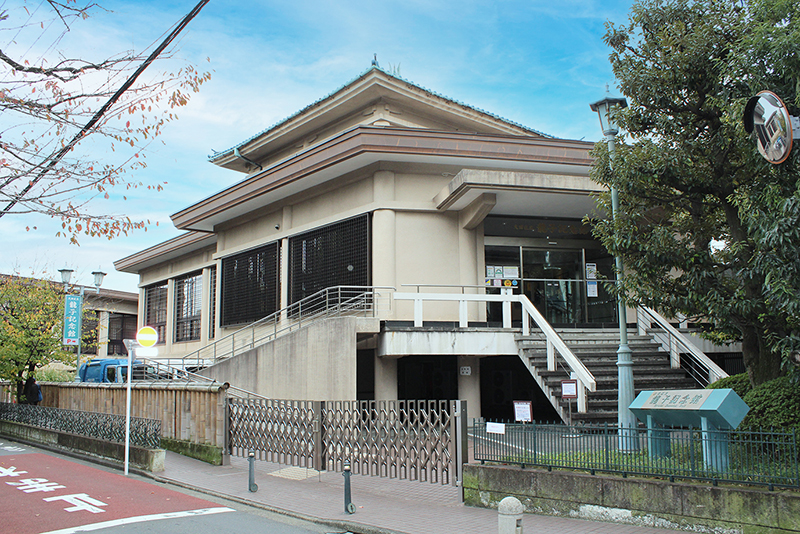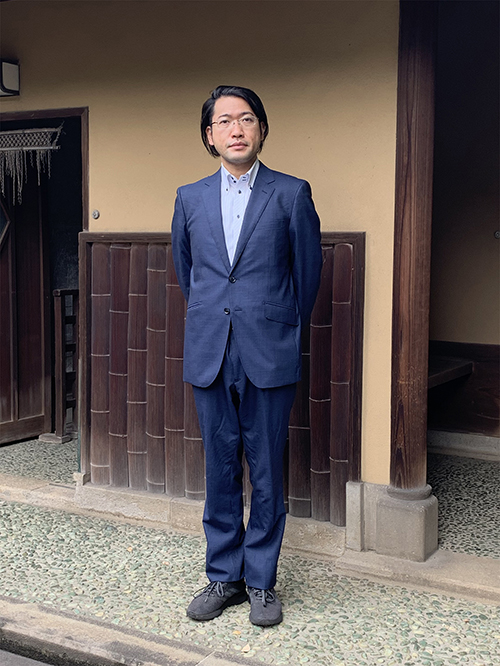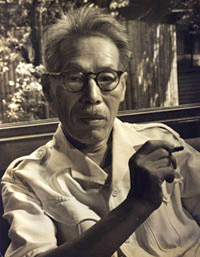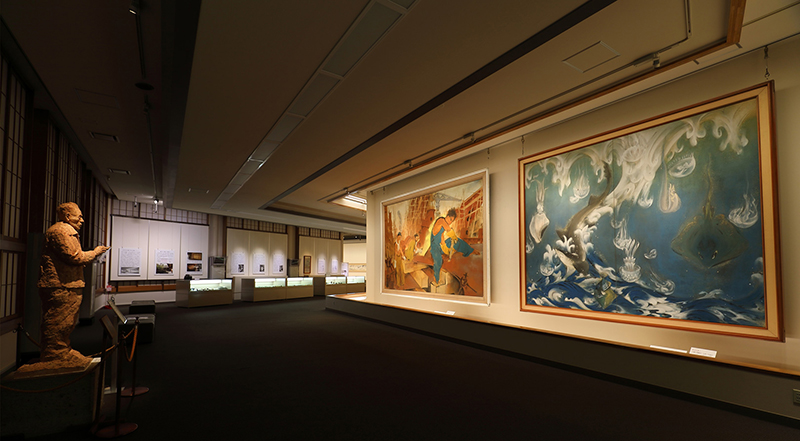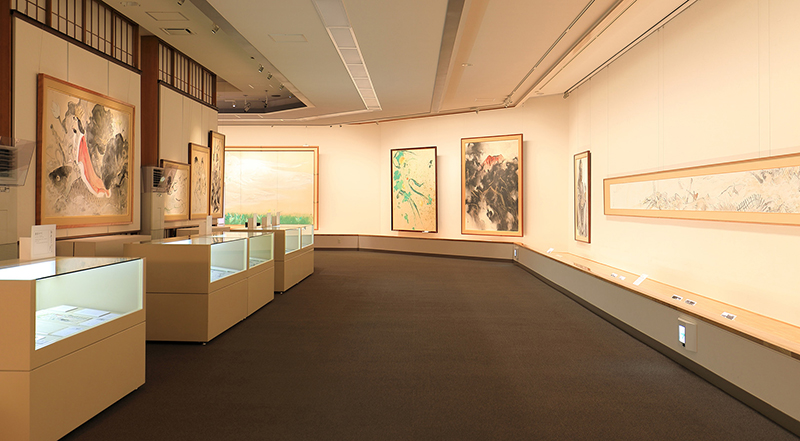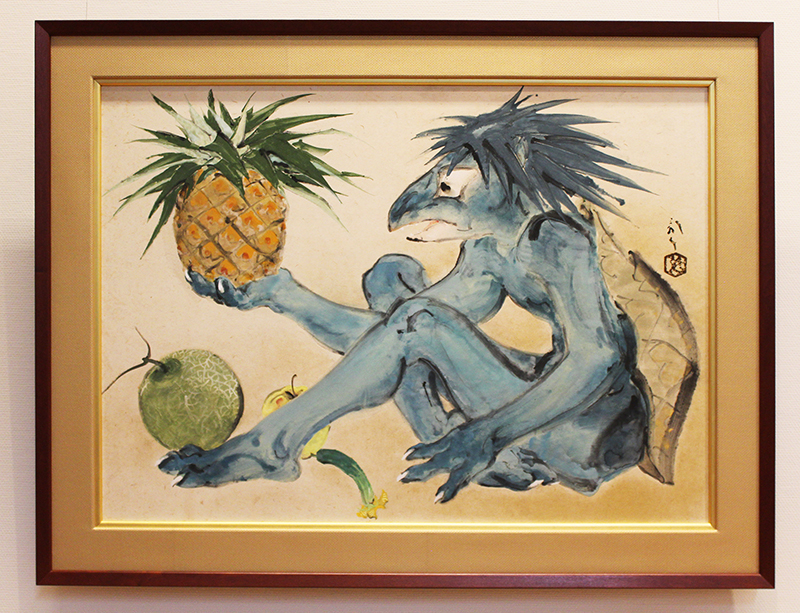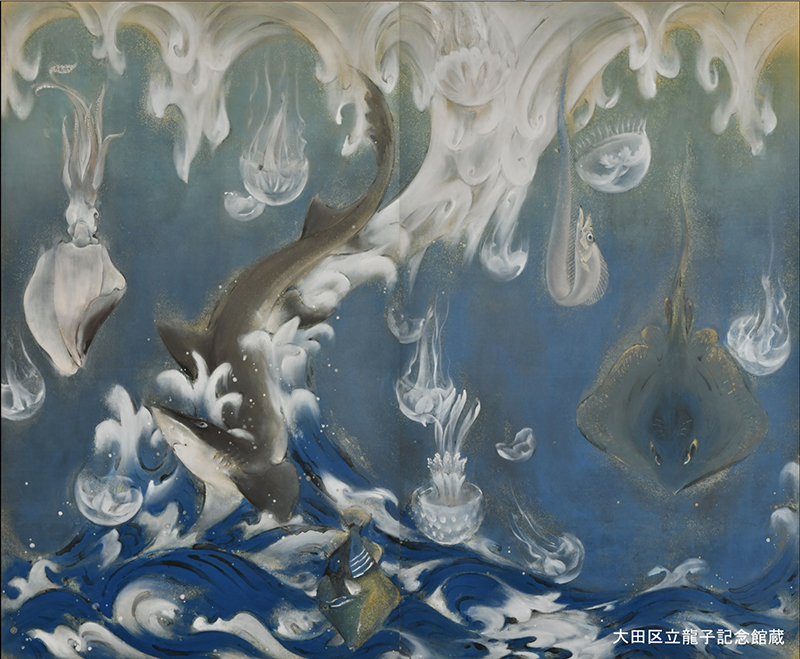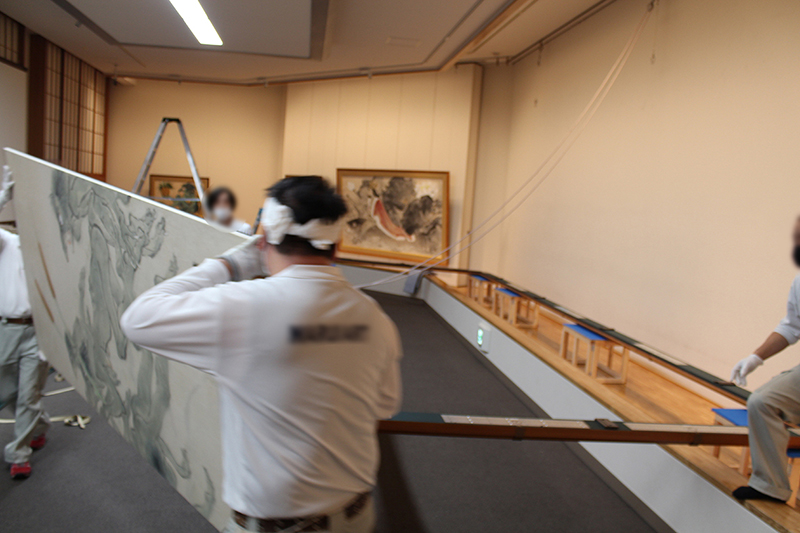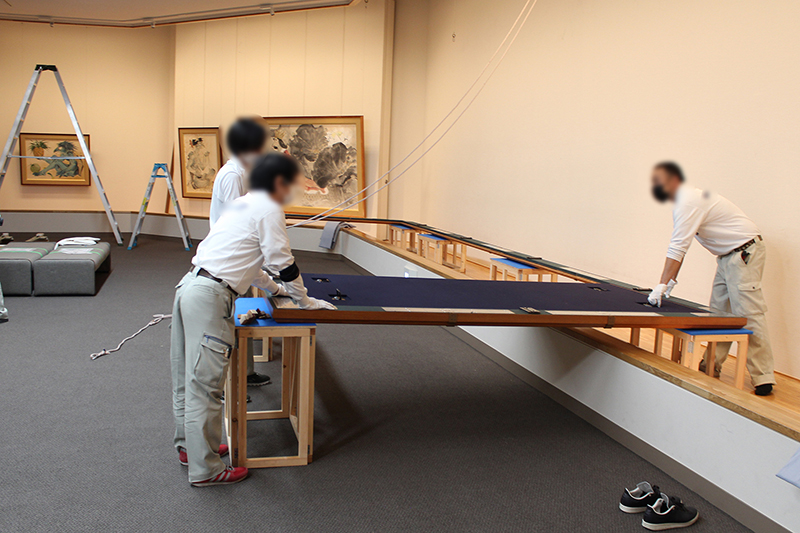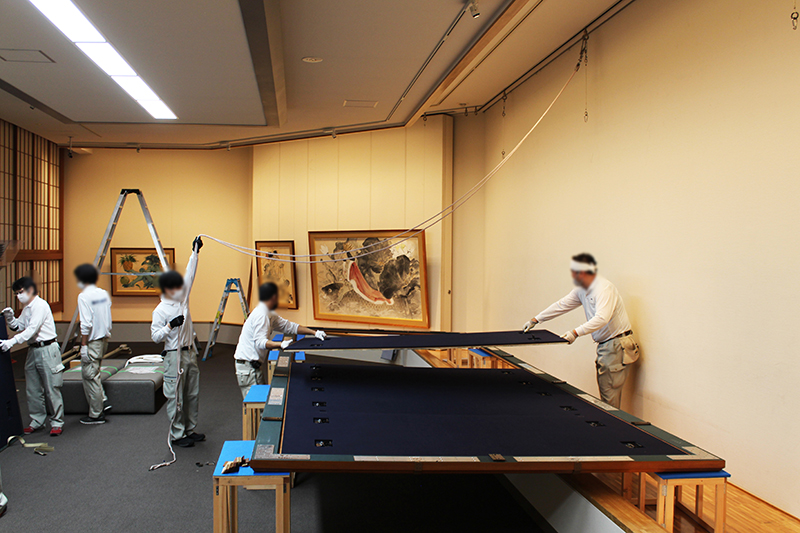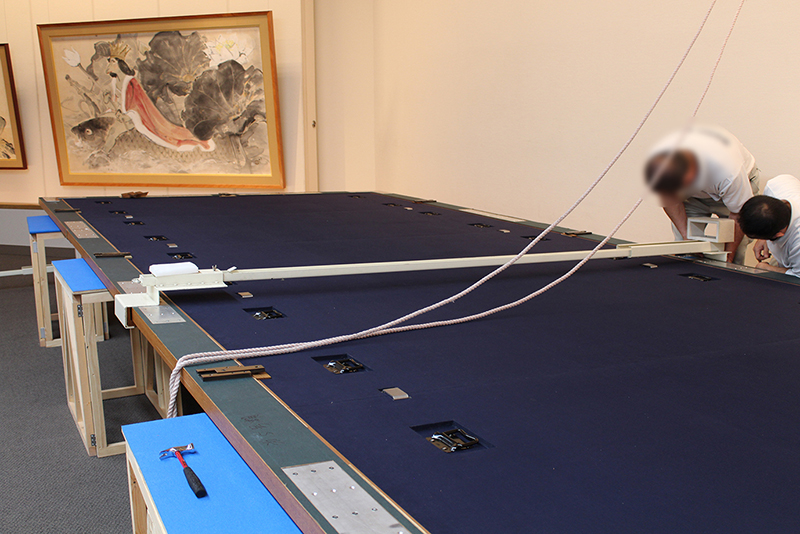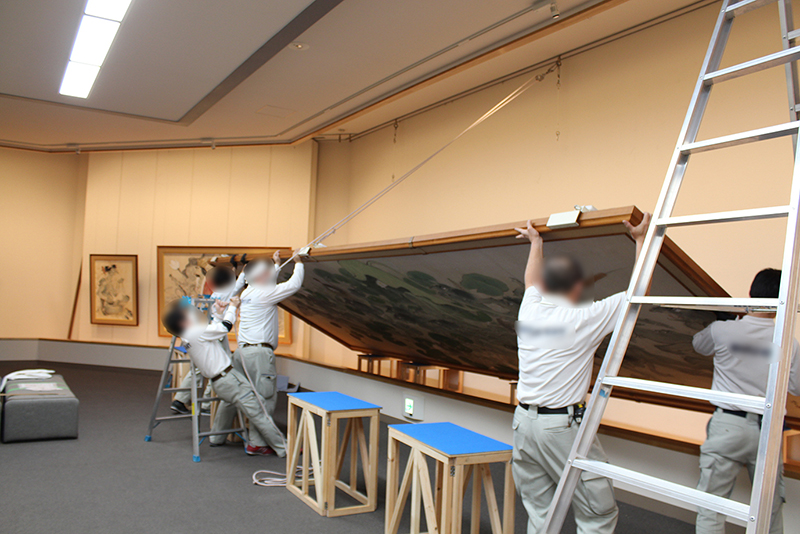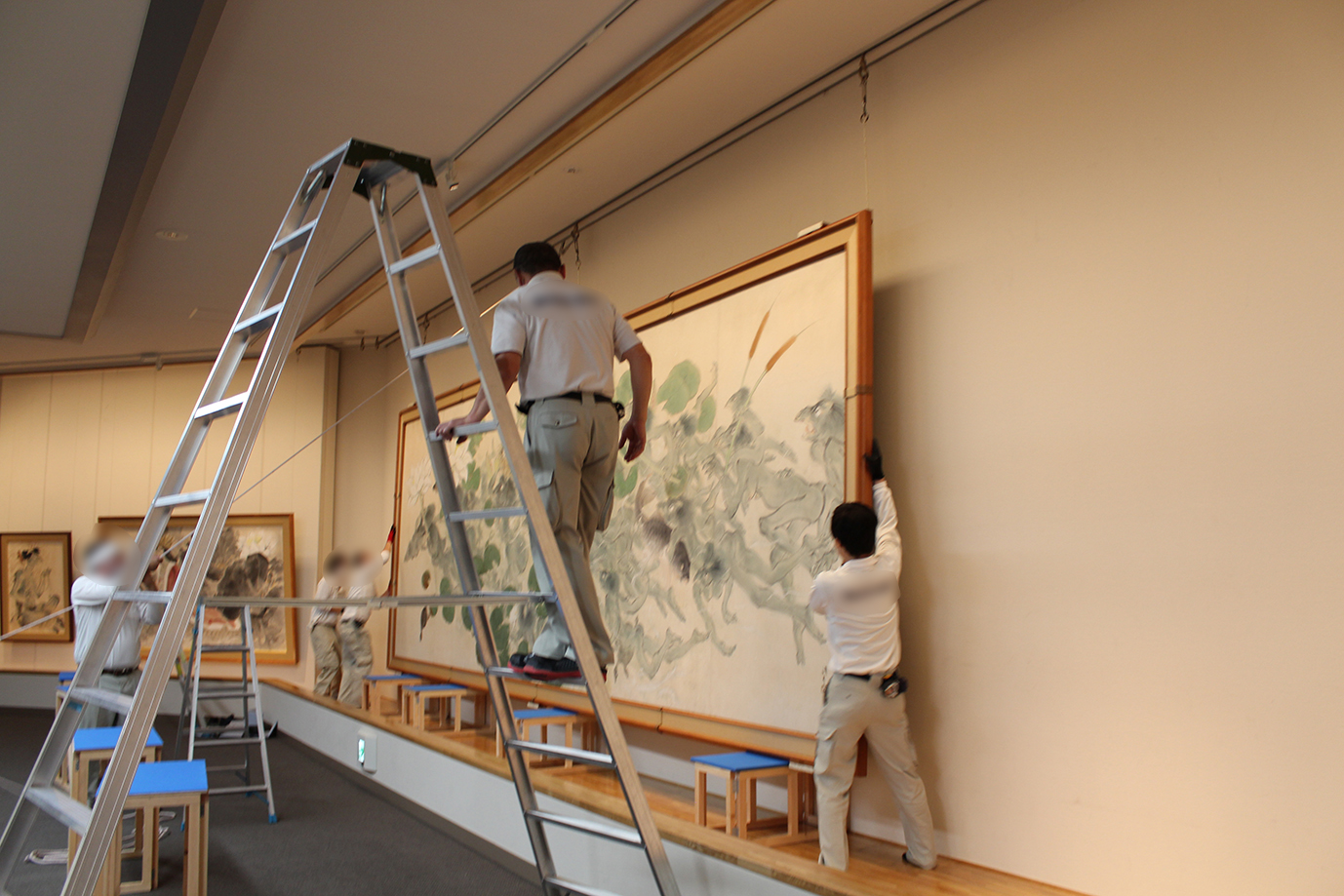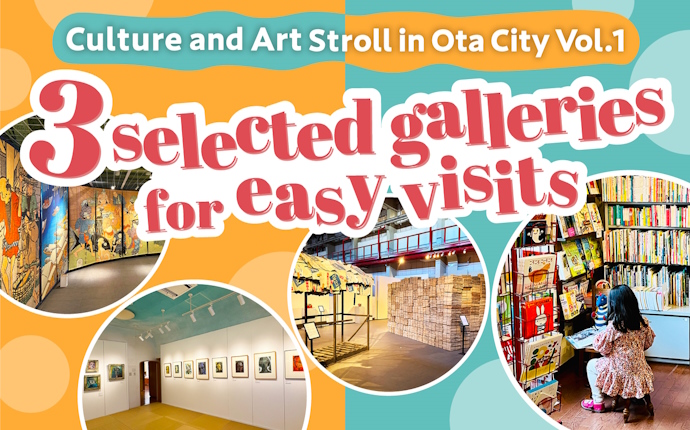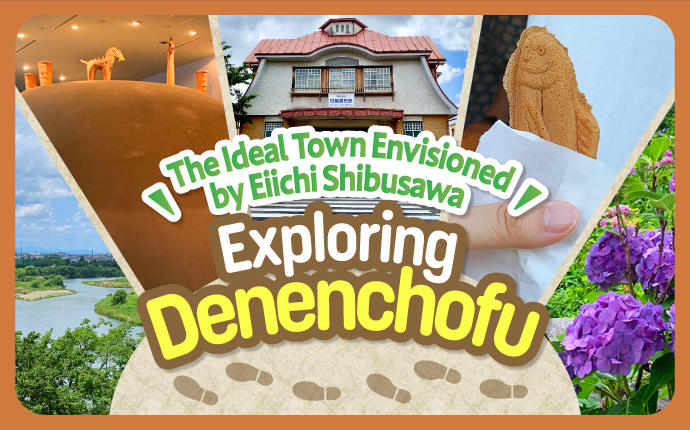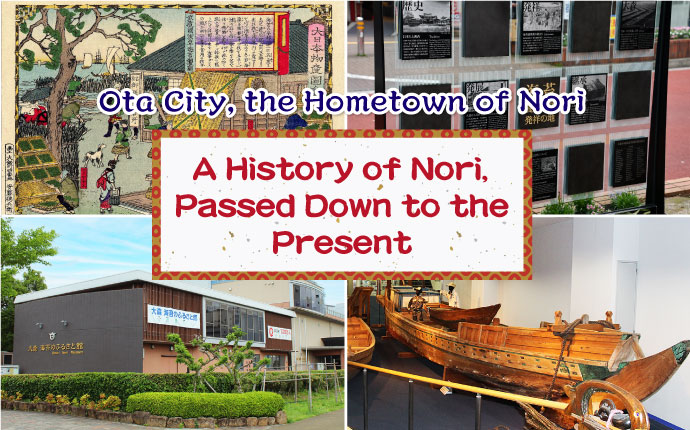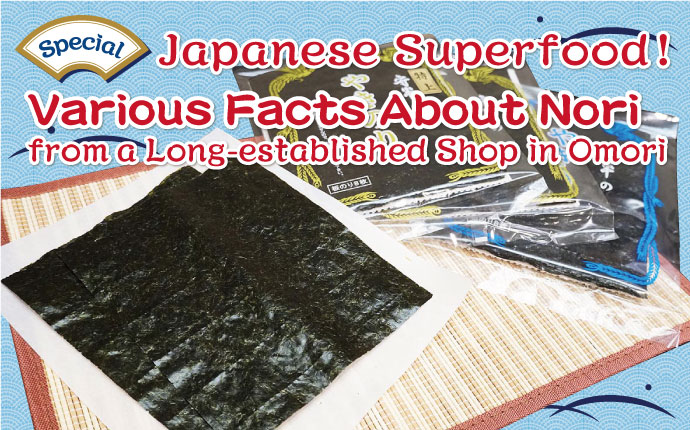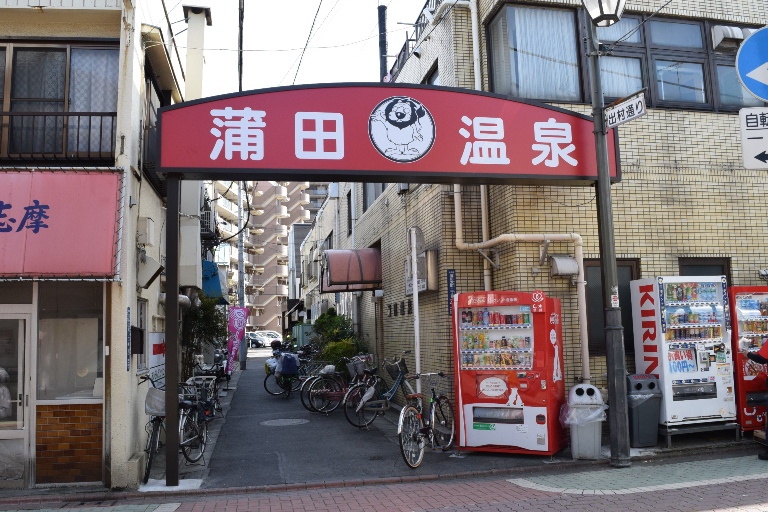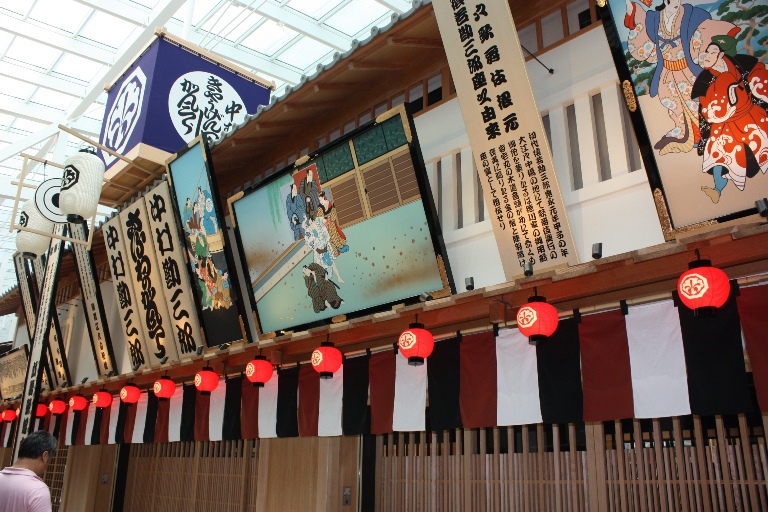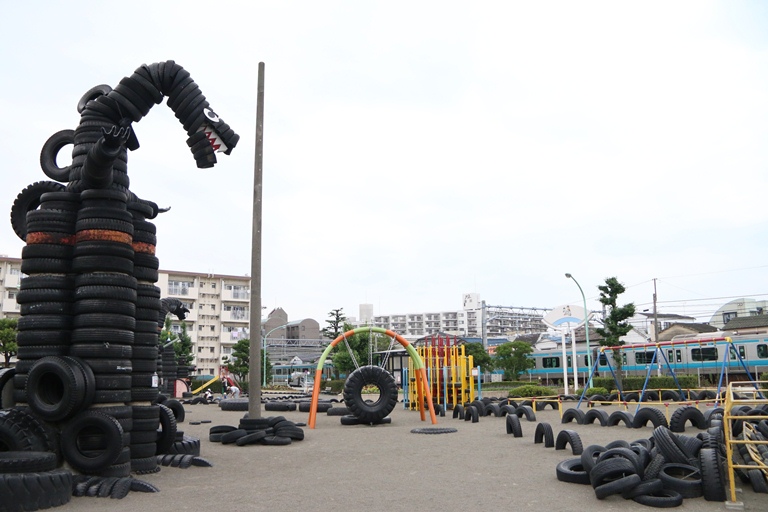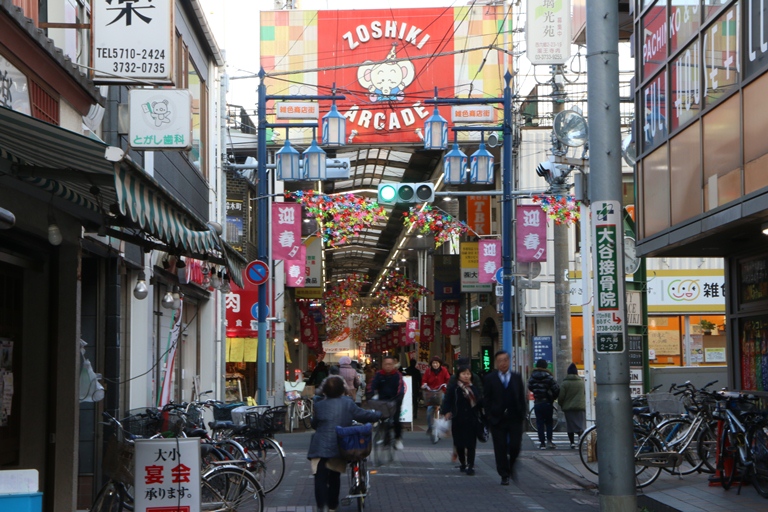This project shows the love that everyone has for Ryushi. We became so excited to see all of the popular works on display accompanied by everyone’s comments.
“This is the first time for the museum to hold an interactive exhibition in the form of a popularity contest. This year, we had some collaboration projects where we combined Ryushi’s works with Hokusai Katsushika’s works or contemporary art. While these projects were distinctive and very fulfilling, it was also true that many of the exhibits were so large that you had to look carefully to appreciate them all. However, this exhibition is just a collection of your favorite works. We hope that people will stop by on a whim and enjoy the exhibition. Both the selection of the pieces and the comments to be added were all done by the visitors, so in a sense, this event is like a big ‘thank you event’ for the visitors. We would be happy to welcome both repeat visitors and those who have never been to the Ryushi Memorial Museum before.”
Lastly, we asked Mr. Kimura what his recommended piece is.
He answered, “It’d have to be ‘Tora no ma.’ Since 2022 is the Year of the Tiger, I’d like everyone to check it out.”
“Tora no ma” is of course on display in this exhibition. Please come to the Ryushi Memorial Museum to check out Ryushi’s works which overwhelm the viewer, as well as the passionate comments gathered from visitors!
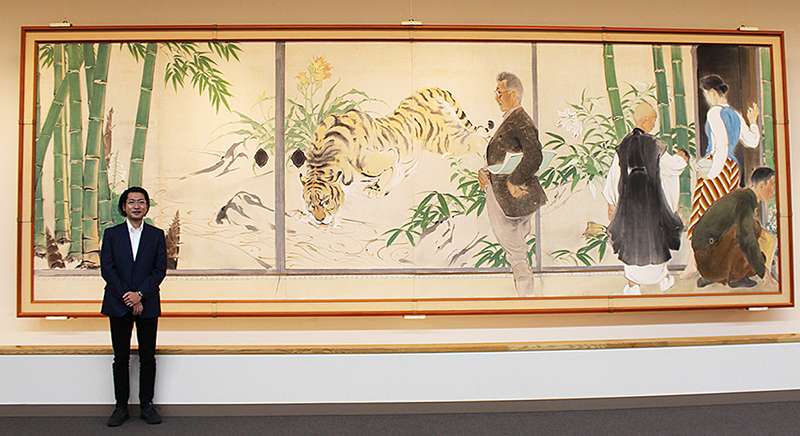 In front of “Tora no ma,” which Mr. Kimura himself recommends
In front of “Tora no ma,” which Mr. Kimura himself recommends
You can also check out Ryushi’s works at the virtual museum!
The “UniqueOta Virtual Museum,” a virtual museum currently available on our website, has exhibition rooms of the Ota City Folk Museum and of the Ota City Ryushi Memorial Museum, where you can also see Ryushi’s works. First, check out the following page about the virtual museum! Go into the museum from the “Enter here (入り口はこちら)” link on the website and keep going straight and you’ll find the Ryushi Memorial Museum Exhibition Room. Once inside, you can view ten of Ryushi’s works.
[
UniqueOta Virtual Museum (published on February 9, 2021)]
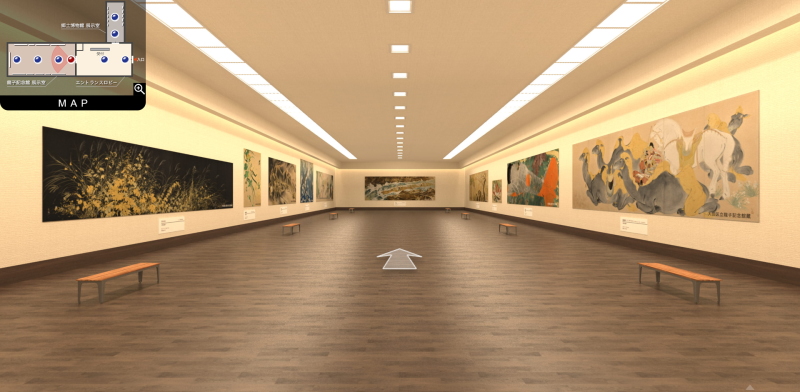
“The Ryushi Memorial Museum does not have a permanent exhibition room, so it is not always possible to see Ryushi’s masterpieces. The virtual museum is great in the sense that you can view Ryushi’s masterpieces in high-definition digital images at any time,” said Mr. Kimura. In addition to the actual Ryushi Memorial Museum, please take a look at the virtual museum as well, where you can take your time to appreciate Ryushi’s works anytime, anywhere!
Masterpieces from the Ryushi Memorial Museum Collection Chosen by Visitors
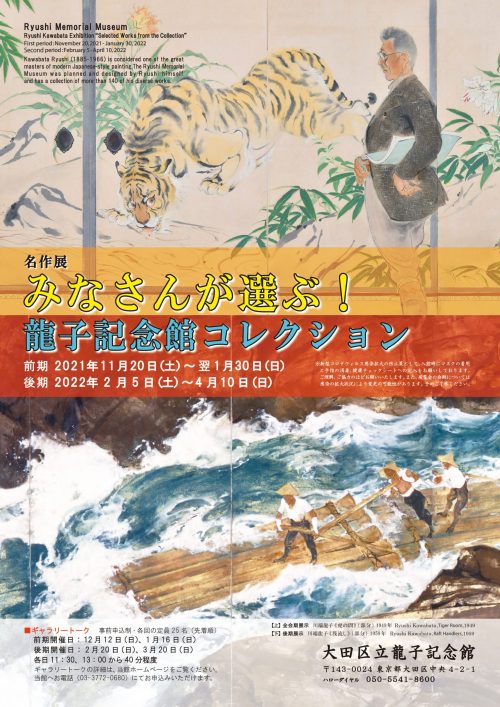 Exhibition Period:
Exhibition Period:(First half) November 20, 2021 (Sat) - January 30, 2022 (Sun)
(Last half) February 5, 2022 (Sat) - April 10, 2022 (Sun)
Hours of Operation:9:00 a.m.-4:30 p.m. (Museum entrance closes at 4:00 p.m.)
Closures:Every Monday (When a Monday is a national holiday, the museum will be open and will be closed on Tuesday instead), December 29, 2021 (Wed) - January 3, 2022 (Mon)
Admission Fees:200 yen for adults (age 16 years or older), 100 yen for children (ages 6-15 years)
* Free admission for visitors age 65 years or older (with ID) and preschool children
* Due to countermeasures related to COVID-19, the exhibition period may change. Please see the following website for more details.
https://en.ota-bunka.or.jp/facilities/ryushi
Ota City Ryushi Memorial Museum
Address:4-2-1 Chuo, Ota-ku
Tel:03-3772-0680
Hours of Operation:9:00a.m.-4:30p.m.
Closures:Mondays (When a Monday is a national holiday, the museum will be open and will be closed on Tuesday instead), new year’s eve, new year’s day, temporary closures when changing exhibition
Website:https://en.ota-bunka.or.jp/facilities/ryushi
* Please see the website for the latest information.
